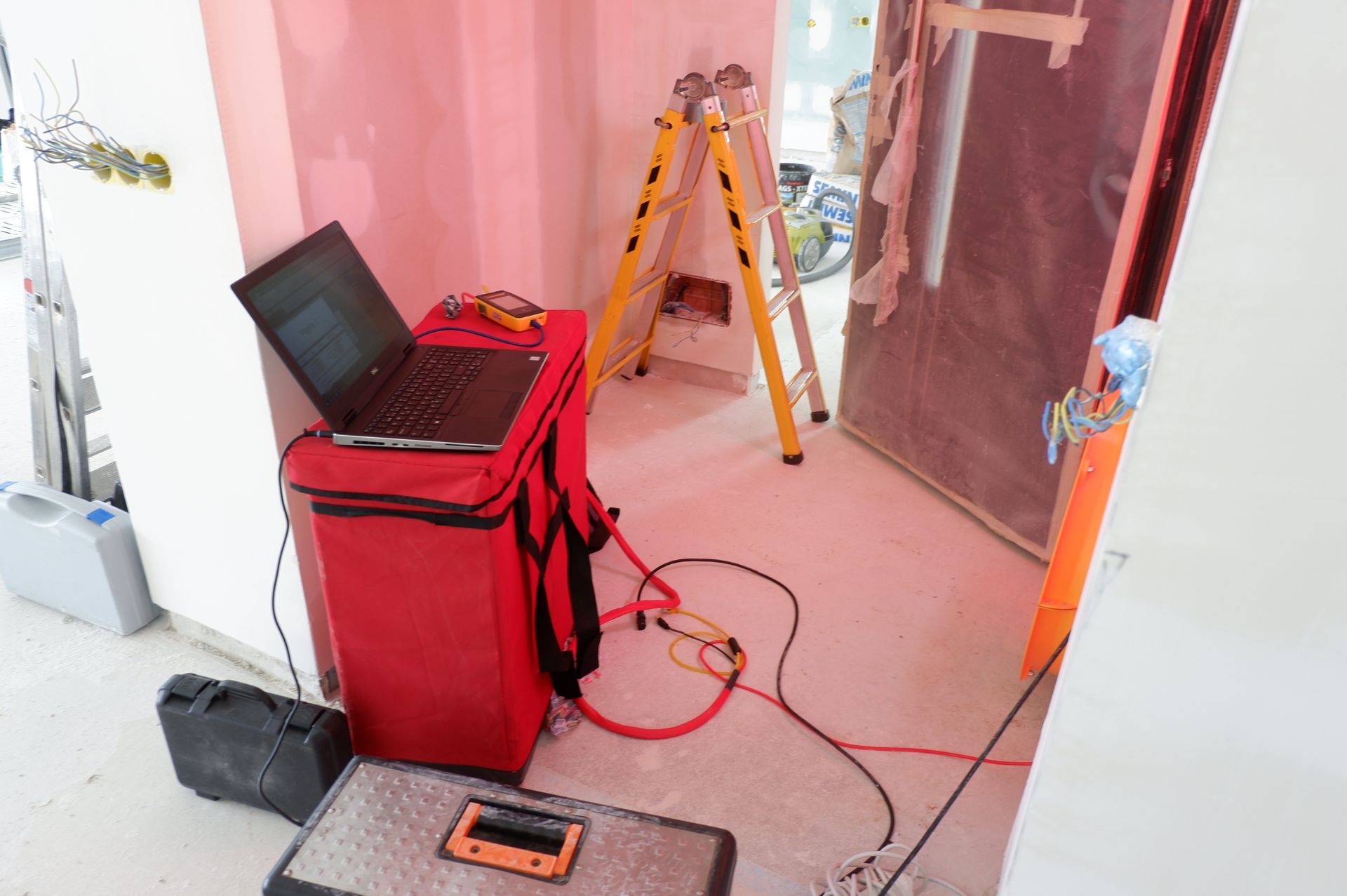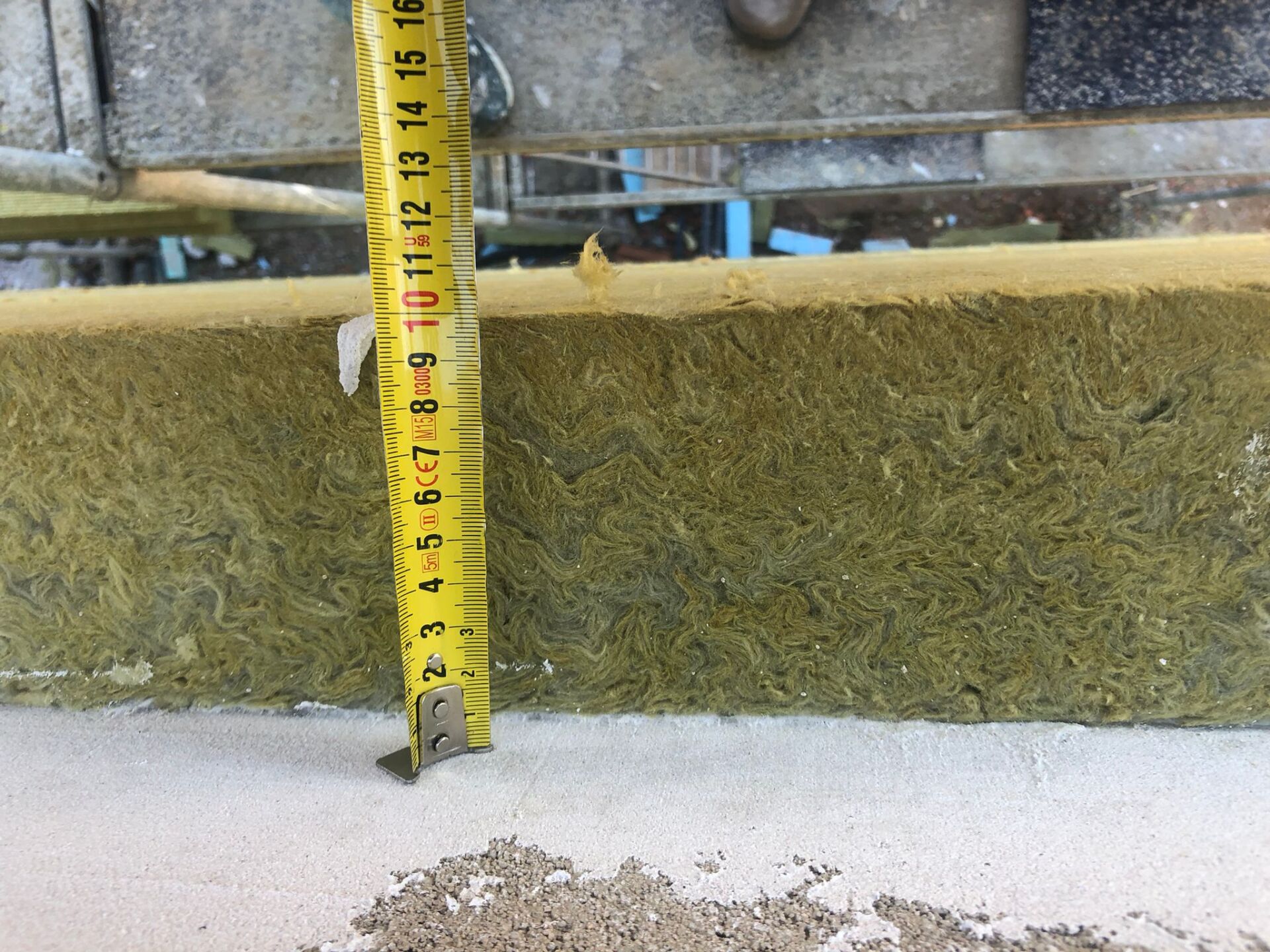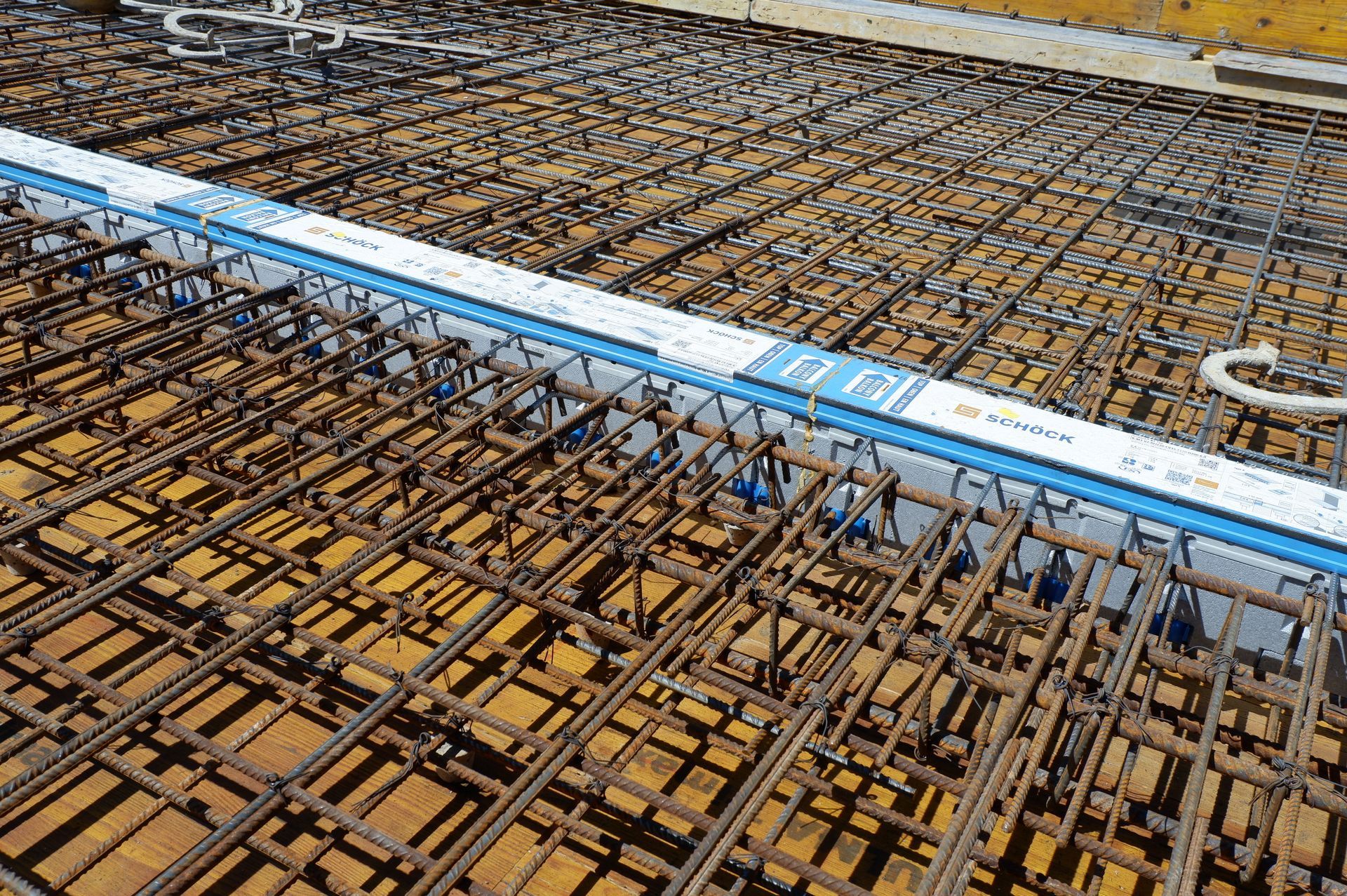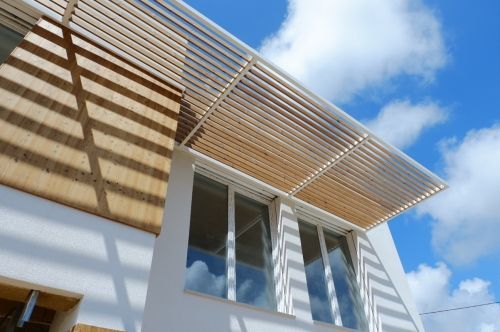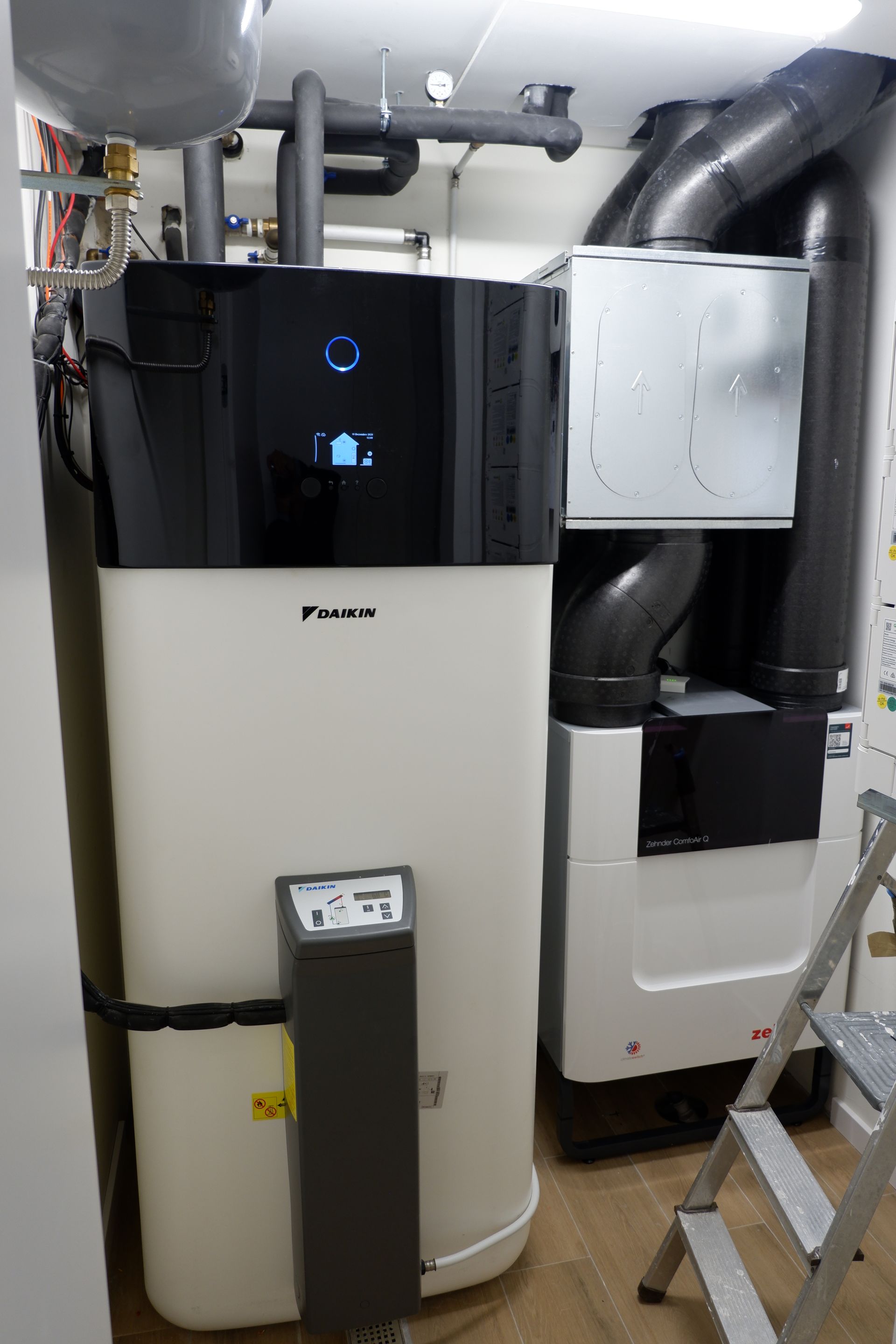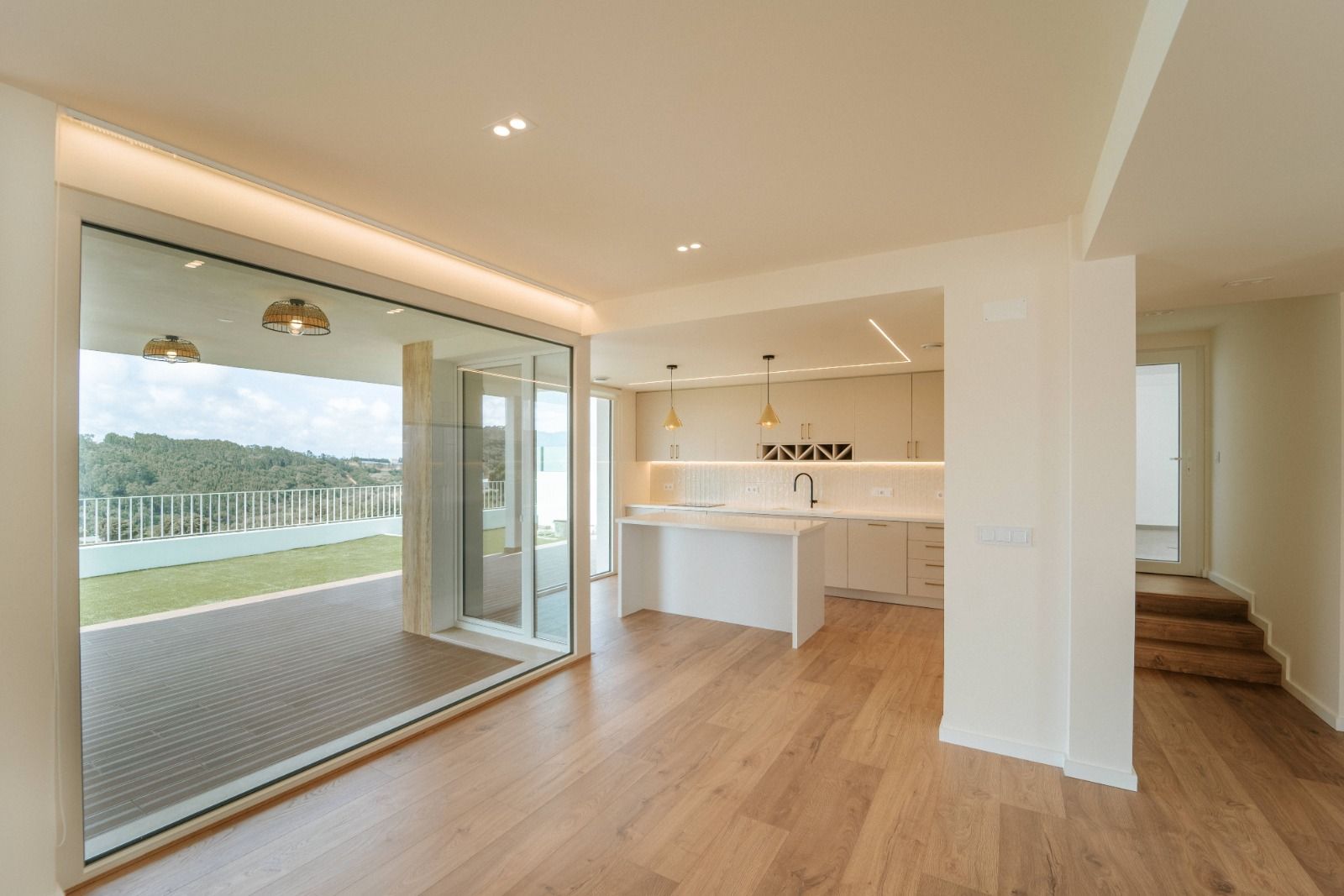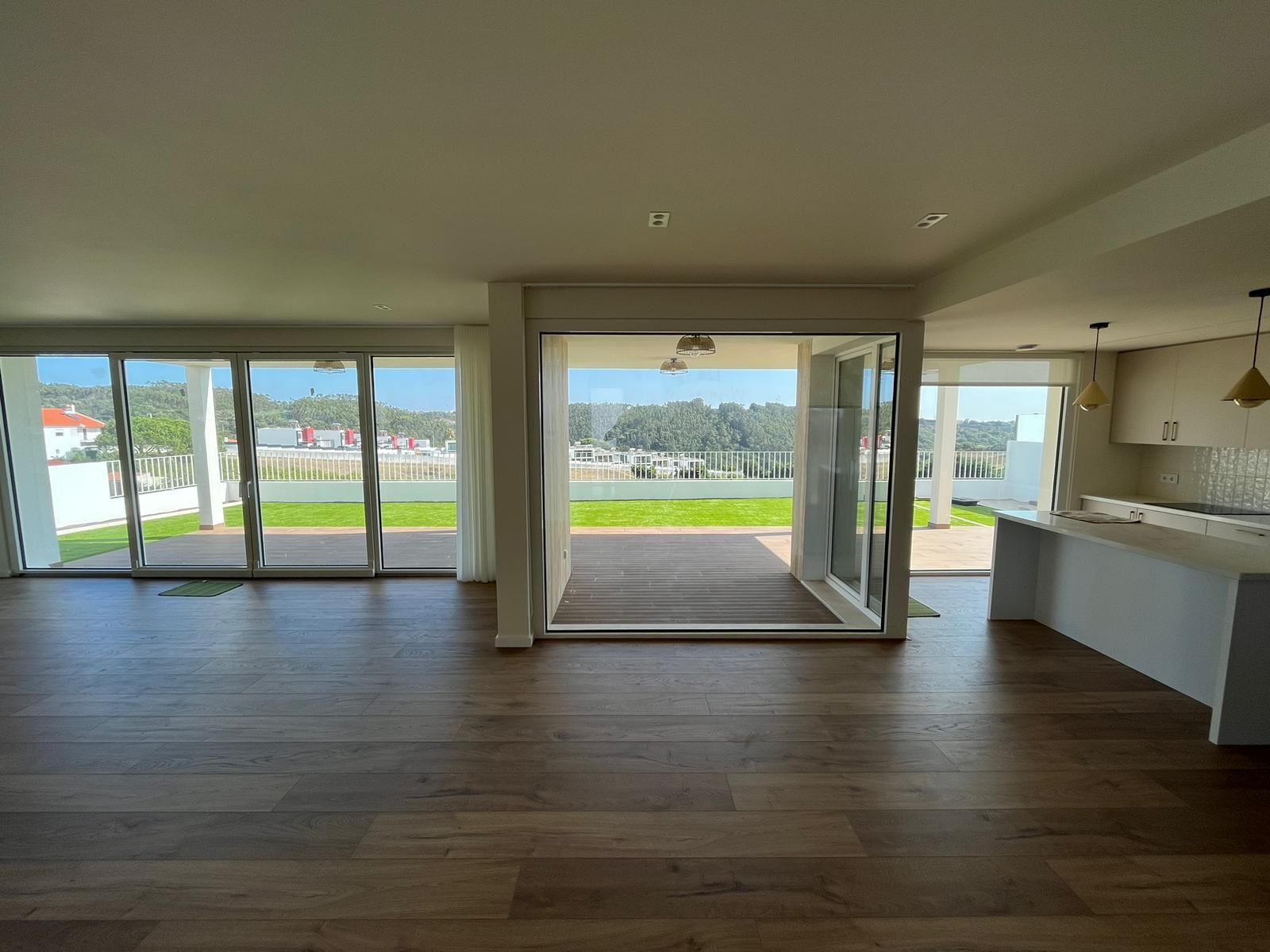A ventilation system is not just a mechanical extractor (VMC), and a VMC is not a 'Ventax'
VMC is not a silver bullet for all building-related issues
Homes, as a result of increasingly airtight construction systems and high-performance window frames, are shifting the responsibility for indoor air quality onto ventilation systems.
Little by little, we are moving away from so-called “natural” ventilation solutions, such as grills scattered across walls and window frames. These may look good on energy certificates but often fail to deliver real indoor air quality in practice, since airflow studies are rarely carried out based on the specific characteristics, location, and needs of each dwelling.
Mechanical Ventilation with Heat Recovery (MVHR or VMC in Portuguese) has emerged as the most “recent” solution — as evidenced by the wide variety of systems showcased at the last TEKTÓNICA event at FIL.
But VMC alone does not solve the problem of indoor air quality. These systems must be properly characterised, sized, and planned.
That’s why Passive House recommends a balanced mechanical ventilation system with heat recovery, and Passive House Designers receive specific training on this topic — not only as an energy-saving solution but, more importantly, as a key component in ensuring high indoor air quality and preventing building pathologies caused by poor ventilation.
However, beyond design and sizing, this system must also comply with several certification criteria, including:
- Hygiene criteria
(Types of filters used) - Comfort criteria
Minimum supply air temperature
Adequate airflow rates
Noise protection - Efficiency criteria
Heat recovery efficiency (nRC ≥ 75%)
Limits on electrical consumption
Airtightness and thermal insulation of the system
Balanced airflow between supply and exhaust
These criteria are often overlooked during both design and construction phases.
VMC is not a silver bullet for all building-related issues.
It is essential that all stakeholders involved in a building project — architects, MEP engineers, HVAC installers — receive appropriate training and avoid oversimplifying the decision-making process, regardless of the reason.
PassiveHouse is a construction concept that defines a high-performance standard that is energy-efficient, healthy, comfortable, affordable, and sustainable.







